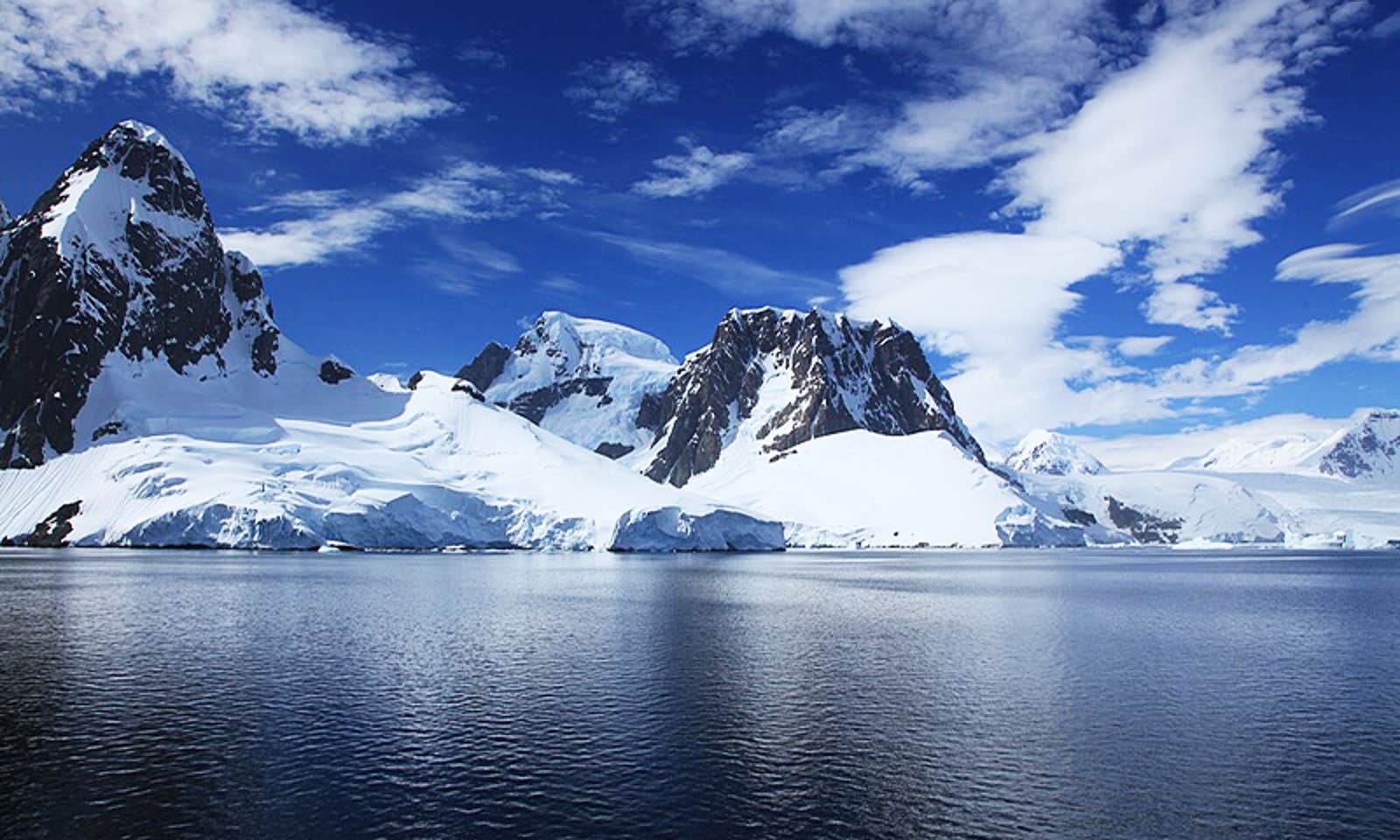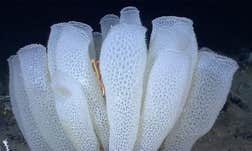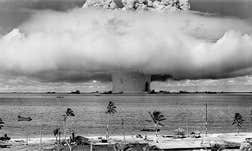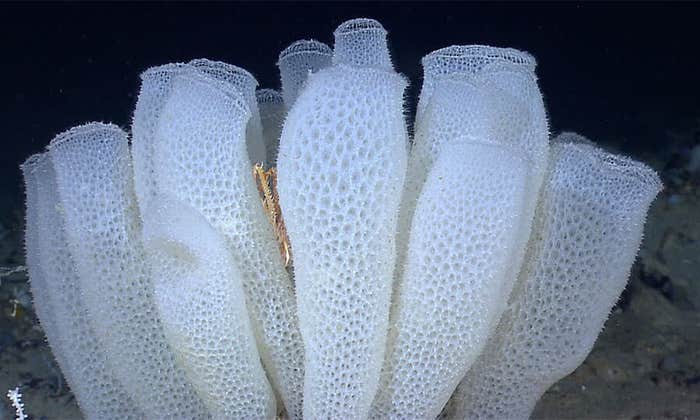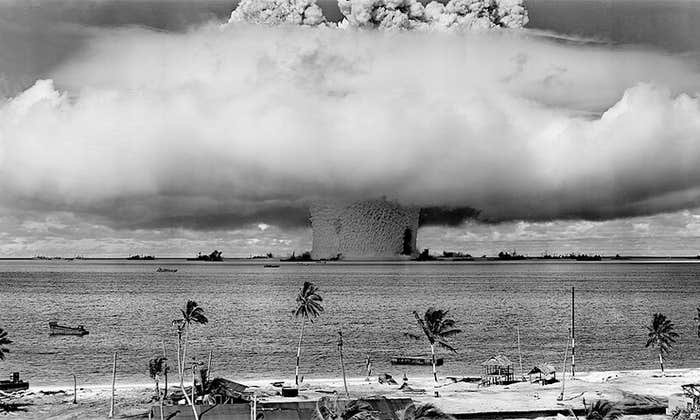At the end of the Earth there’s a record of sorts, preserved in layers of layers of Antarctic ice—you could even call it our planet’s memory. Now, scientists have unearthed a new chapter in this prehistoric record.
Drilling through ancient glaciers in the Allan Hills region of southeastern Antarctica, researchers from the Center for Oldest Ice Exploration (COLDEX) retrieved an ice core dating to 6 million years old—more than twice as old as the oldest similar ice core on record.
In a paper published in the Proceedings of the National Academy of Sciences, the COLDEX team said they determined the age of the core by analyzing the levels of an isotope, argon-40, trapped in tiny air pockets. For the first time, researchers were also able to directly measure how much the region cooled over the past 6 million years. An analysis of oxygen isotopes in the frozen water showed the area has cooled by roughly 22 degrees Fahrenheit. While Antarctica was once covered by lush forests, the snapshot captured by the COLDEX ice core records the gradual cooling that occurred after the continent had been covered in ice.
Read more: “The Hidden Landscape Holding Back the Sea“
Earlier this month, a team from the British Antarctic Survey announced the discovery of a 1.2-million-year-old ice core—the oldest continuous ice core retrieved to date. The new find from COLDEX represents the oldest discontinuous ice core, or a core taken from ice that’s been disrupted by movements. The Alan Hills region, where the core was drilled, is an area where glacial ice upheaval has thrust older ice closer to the surface, making it possible to study with relatively shallower drilling.
Both samples will provide researchers with invaluable data about how our planet has changed over millions of years—and potentially help them glean clues as to how our climate will change in the future. ![]()
Enjoying Nautilus? Subscribe to our free newsletter.
Lead image: Liam Quinn / Wikimedia Commons

















